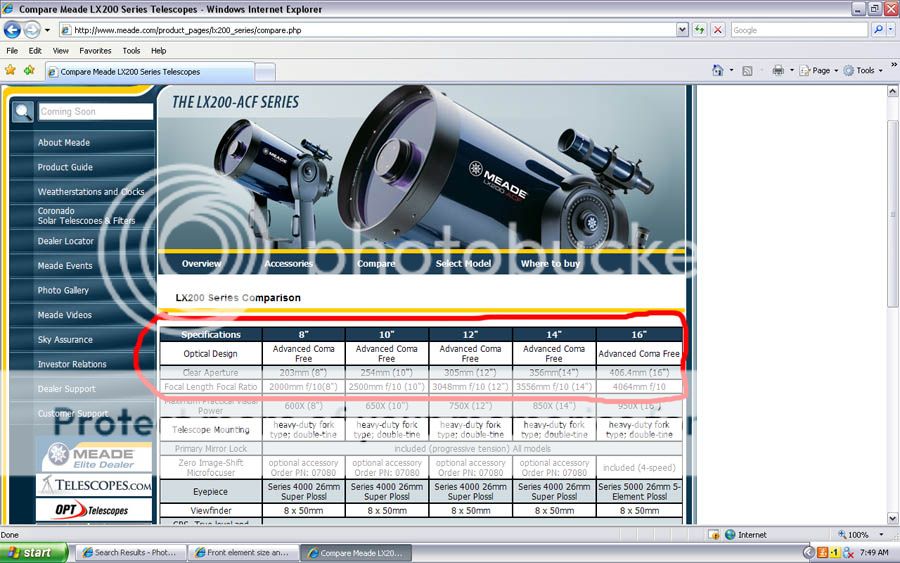plassbakkallen
TPF Noob!
- Joined
- Mar 31, 2011
- Messages
- 1
- Reaction score
- 0
Hi! First of all, I know this topic has been up before, and believe me, I have spent a lot of time searching and googling, but I cannot find an answer. My main question is:
When all else is equal (aperture, etc.), why doesn't a lens with a larger front element gather more light than one with a smaller?
Consider the following: I am photographing a flashlight that projects a cone of light towards my camera. All else equal, the lens with the larger front element would capture a greater proportion of the light cone coming from the flashlight, which, in my mind, would result in a brighter image.
I just cannot wrap my head around this, and I would be so grateful if someone could just explain this to me. Thanks for your time!
When all else is equal (aperture, etc.), why doesn't a lens with a larger front element gather more light than one with a smaller?
Consider the following: I am photographing a flashlight that projects a cone of light towards my camera. All else equal, the lens with the larger front element would capture a greater proportion of the light cone coming from the flashlight, which, in my mind, would result in a brighter image.
I just cannot wrap my head around this, and I would be so grateful if someone could just explain this to me. Thanks for your time!


 That's even worse, because now the answer will depend on the rate of the water.
That's even worse, because now the answer will depend on the rate of the water.


![[No title]](/data/xfmg/thumbnail/37/37604-7ad625e983f92f880eb65a264eeef5e4.jpg?1734170732)





![[No title]](/data/xfmg/thumbnail/36/36399-041c9ebc3a39e89ec8e39243c0d43528.jpg?1734168785)


